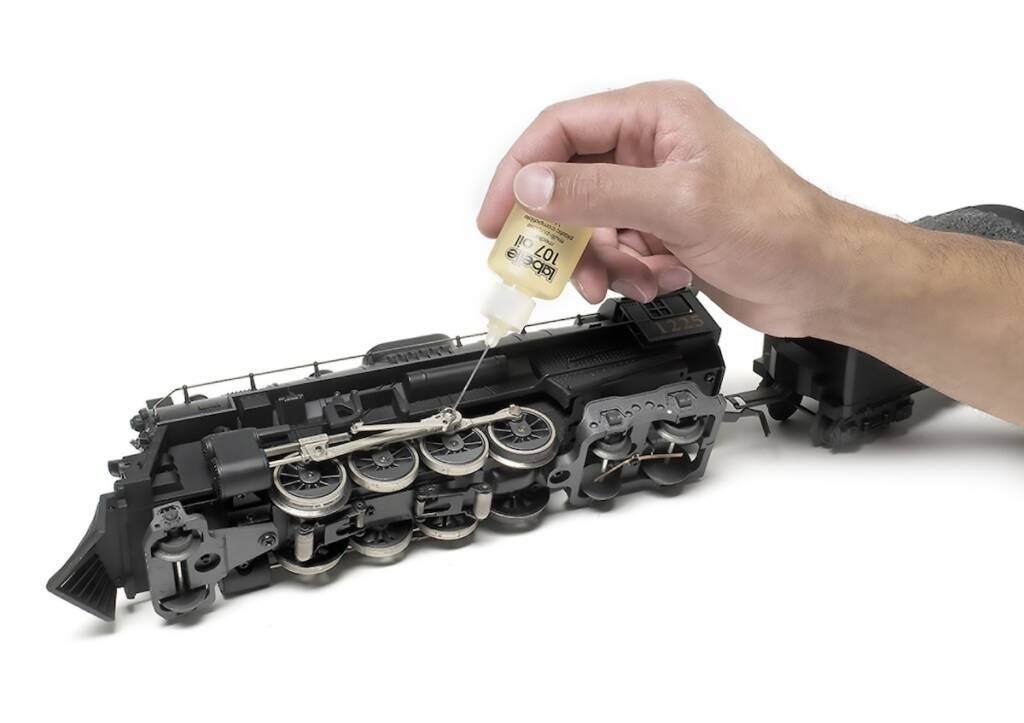
Christmas is just around the corner so it’s time to make sure seasonal train displays are ready to deliver holiday fun – toy train style! Let’s start with locomotives and rolling stock. Inspection, oil, and grease Before trying to run anything, I recommend doing a preliminary inspection. Now is the time to replace broken […]
Read More…
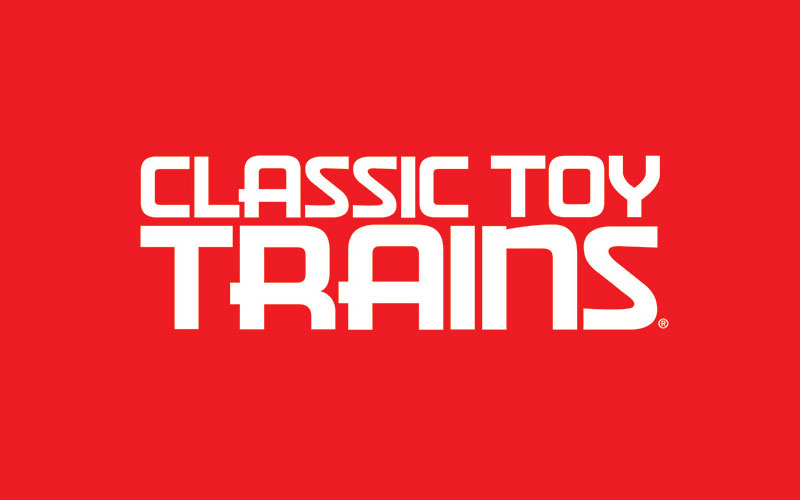
Thanks for the list of sources for parts in the Fall 2025 issue of CTT. I have nine prewar and postwar engines awaiting attention; I’ll need parts for some of them, and your list will be invaluable. But some sources don’t do searches for parts, which raises the question: Where do we find part numbers? […]
Read More…
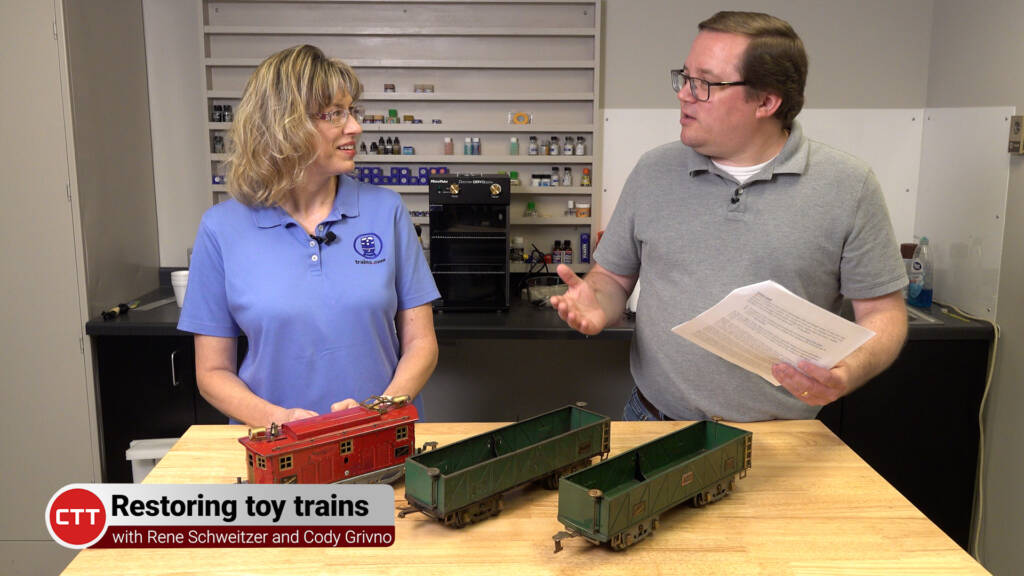
Join Classic Toy Trains Editor Rene Schweitzer and Model Railroader Senior Editor Cody Grivno as they share essential tips for restoring a vintage toy train. They address a viewer’s request for help with his father’s old Ives train set, which is in poor condition with bent metal, rust, and poor paint. Their discussion covers key […]
Read More…
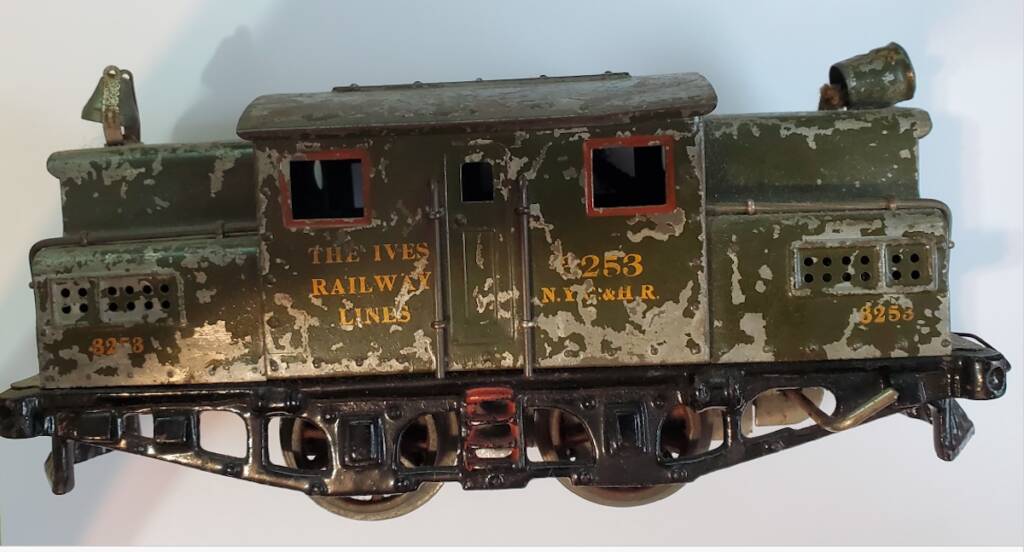
Q: I own the Ives train set my father had as a boy. Based on information found at the Ives Train Society website, I believe locomotive No. 3253 dates from between 1921-1923. The three passenger cars seem to match set No. 504. The overall condition of the paint and sheet metal is poor. I doubt […]
Read More…
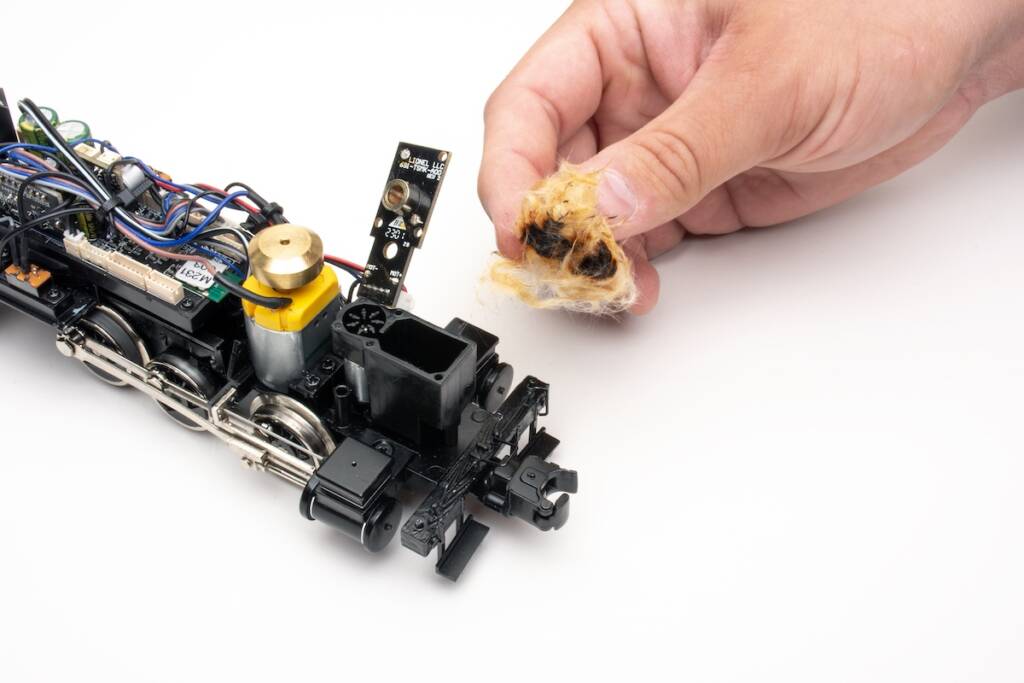
Is your locomotive struggling to produce a good amount of smoke, even after cranking up the smoke volume and adding fluid? While it’s not the one-and-only culprit, a charred smoke wick is a common problem. The wick is a strand or braided fiber glass material in the smoke unit’s heating chamber. It generates the smoke […]
Read More…
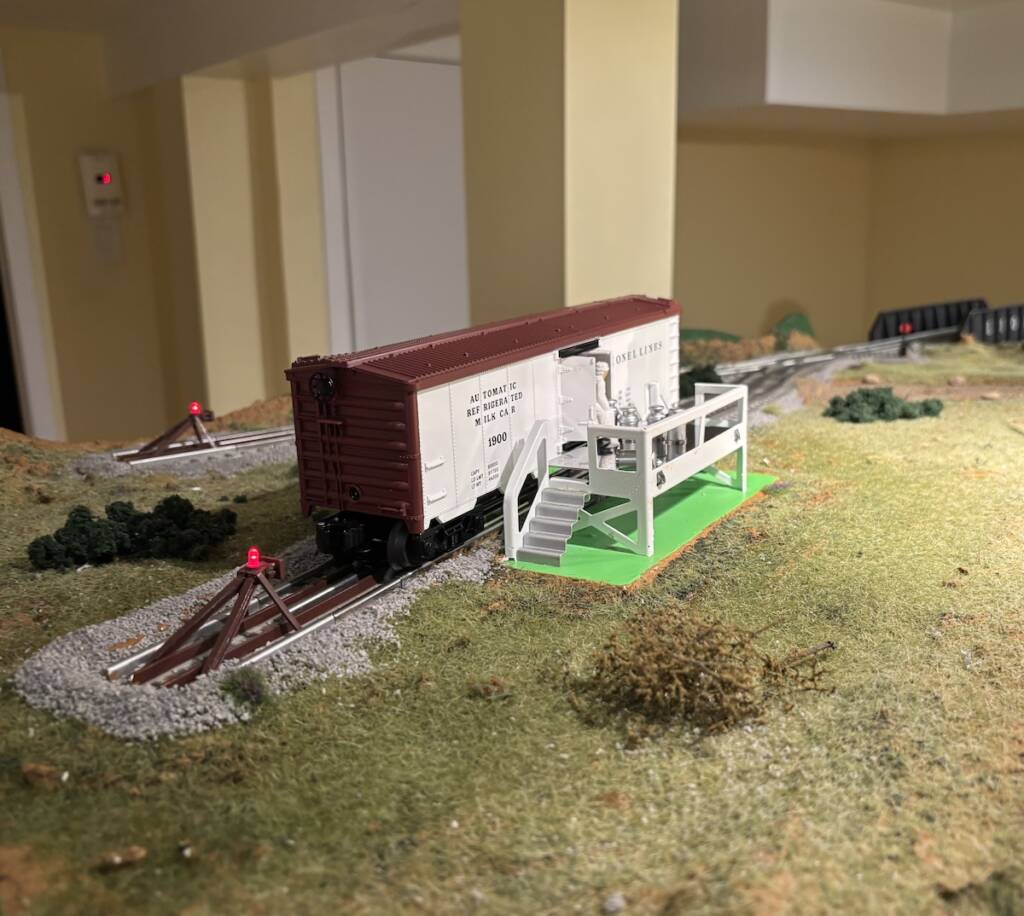
In 2020, I purchased Lionel’s No. 2028310 Milk Car With Platform. Unfortunately, I was never happy with this car’s operation. It kept shorting circuiting on my layout, especially when going through switches. I sent it to several repair centers, but the problem was never found. After running the car at a low speed around the […]
Read More…
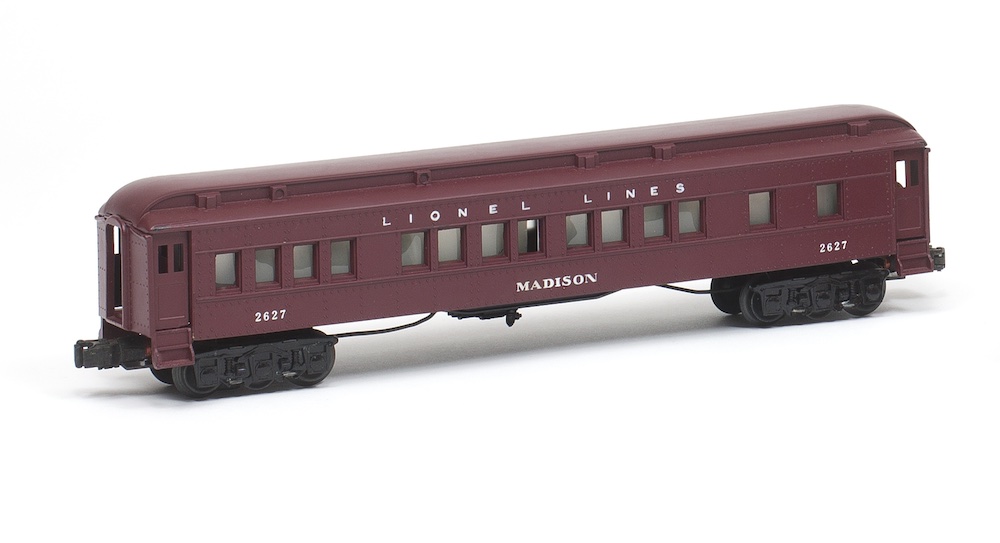
I’m restoring some Lionel postwar heavyweight passenger cars and need help lettering them. Are there suppliers for reproduction decals? — Ernie Weber The best source of reproduction decals for Lionel postwar locomotives and cars is the Underground Railroad Shoppe in New Castle, Pa. Owned by longtime CTT contributor Lou Palumbo, the store can be reached […]
Read More…

Do you have any information, including a wiring diagram, that can help me wire my Lionel No. 450 Operating Signal Bridge using AC relays? Thanks! — Fred Richmond As Lionel operators certainly know, the 450 Signal Bridge, which was designed to span two lines of track, is equipped with two signal heads. They have bayonet-mounted […]
Read More…
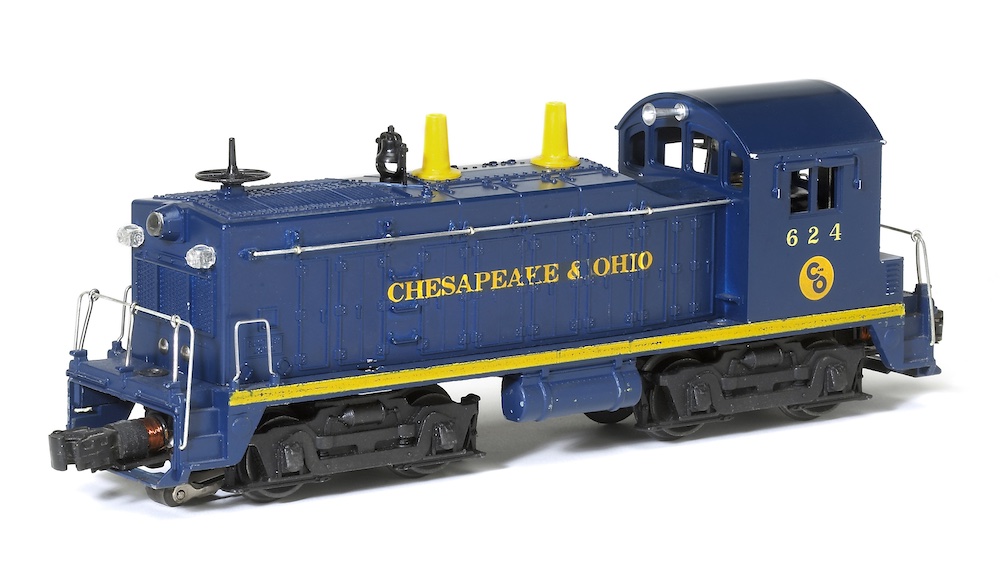
I’m trying to troubleshoot a Lionel No. 624 Chesapeake & Ohio NW2 diesel switcher from the 1950s. The motor seems to short out, even after I spent time cleaning out the dried grease from long ago. All I get now is a grinding noise, and the locomotive barely moves. What do you think is the […]
Read More…
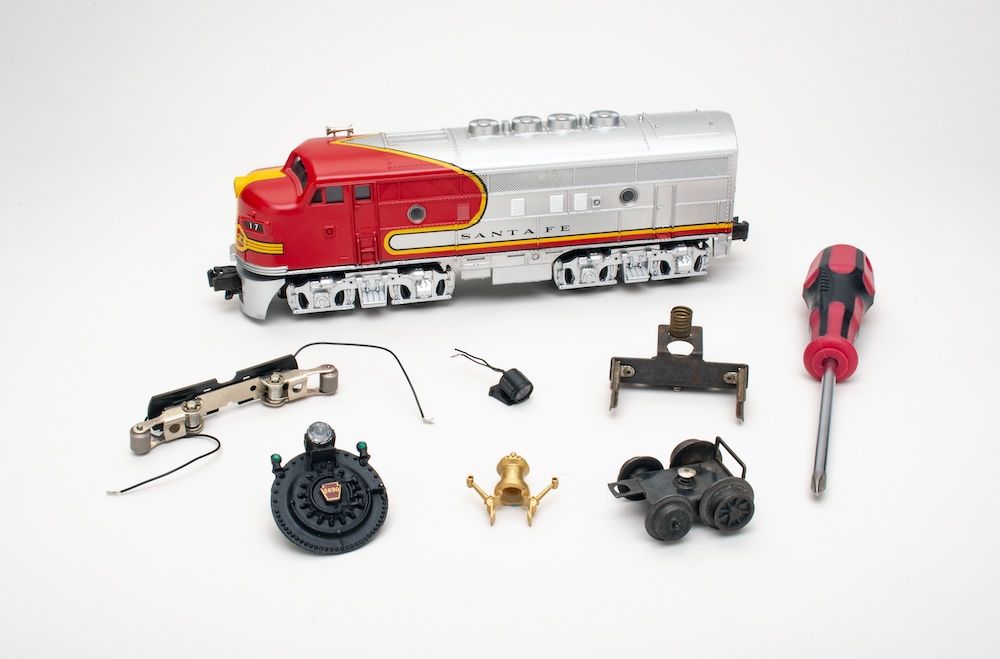
One of the questions we receive quite regularly is where to find parts. Sooner or later, it’s likely you’ll need a part for your locomotive or rolling stock. It could be as simple as replacing traction tires or as complicated as a postwar rehab project. In either case, we’ve got you covered! For each retailer, […]
Read More…

I recently took out my old toy trains that have been packed away for about 25 years. The tubular track sections that were brand new back then now have black marks on them. How do I clean them and get them usable again? — Joe Rampe If it’s just dry corrosion, a Scotch-Brite pad will […]
Read More…
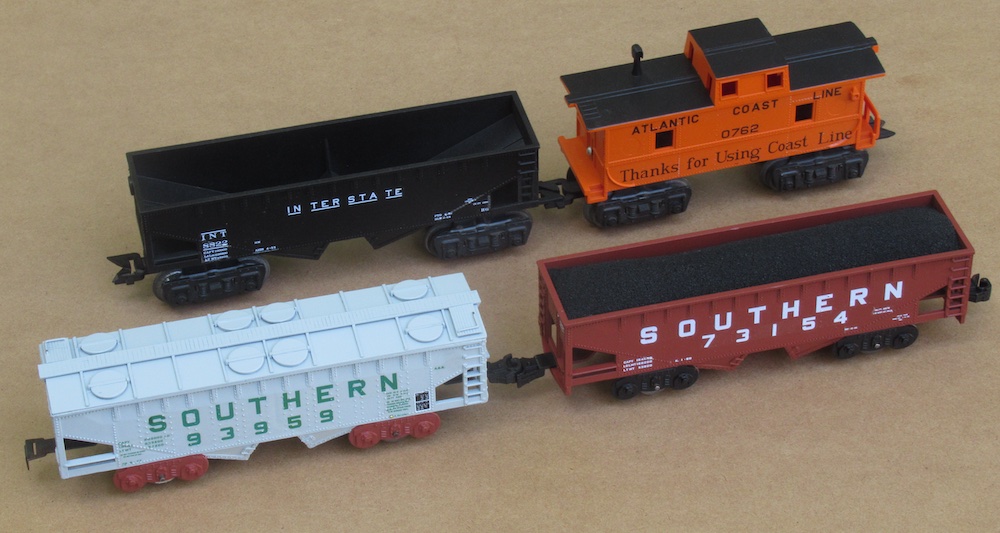
Although our family had a wind-up Marx set when I was very young, my real interest in Marx trains began when I received a Marx Allstate set for Christmas about 1961 when I was 10. My father bought it at the Sears surplus store on North Main St. in High Point, N.C. for, I think, […]
Read More…












